How to germinate a walnut at home?
Today, even those who live in central Russia can plant a walnut at home from walnuts and in the future can receive fruits. Later, the seedling, of course, will have to be planted in open ground. Once this culture was brought to the country by Greek merchants. It happened more than a thousand years ago. For a long time, walnuts were grown only in the southern climatic zone. And only recently there have appeared varieties suitable for planting in the Moscow region.
Popular varieties for planting in the middle lane
Walnut, without exaggeration, can be considered a long-lived tree, because its age can reach 300 years. The attractiveness of a crop for growing is not only that it provides useful and nutritious nuclei for the body, but also in its absolute unpretentiousness.
The planted tree grows and gains strength quickly, and further requires minimal maintenance. In addition, not only kernels, but also foliage and wood can be used by humans. Walnuts are picky about light, moisture and nutrient content in the soil. The tree will grow well in an area where groundwater is close.
Through the efforts of breeders, walnut varieties have already been bred that are able to withstand the cold, therefore they can well be grown in the Moscow region. The most popular ones are:
- "Ideal". The variety has earned the love of gardeners due to its good resistance to low temperatures and accelerated fruiting. The tree is able to withstand temperatures below -30 ° C and will produce nuts already in the second year of life. Because of the powerful roots, it is better not to plant the variety near buildings in order to avoid damage to the foundation. A tree of this variety can reach a height of 5 m.
- "Sadko". A dwarf variety with good winter hardiness. Differs in early terms of fruiting. Nuts appear in the 3rd year. The height of the tree rarely exceeds 4 meters. The harvest consists of large nuts with a thin rind.
- "Moscow region". This walnut was bred specifically for the suburban areas. The variety has excellent frost resistance and an early harvest. The fruits are large in size.
- "Giant". In terms of its characteristics, the variety is similar to "Ideal", but differs in a later onset of fruiting. The first harvest can be obtained only in the 5-6 year of life. But the tree is literally covered with nuts. Up to 80 kg of fruit can be harvested from one copy.
- Astakhovsky. A relatively new variety with excellent characteristics. In winter, the tree can tolerate temperatures as low as -37 ° C. The culture is not affected by diseases and pests, it gives large fruits. The first crop can be harvested in the 6th year.
In principle, you can sprout any kind of nuts at home, however, you should think about the fact that if the fruits are collected from a tree that is not resistant to frost, after planting a seedling in an open area, it may die during the first winter.
Preparing nuts for planting
Anyone who decides to sprout a walnut at home should be patient, because the process is long. The method of propagation of walnuts by seeds is considered the main one, but the preparation of planting material takes a lot of time. Germination can only be started in a few months.
Store-bought nuts are not suitable for planting: in this case, there is a high risk that the seeds will not sprout.It is permissible to collect fruits for further planting directly from a tree or those that have fallen to the ground. It is better to choose nuts with a thin shell, the taste of which you like. They must be intact, without visible flaws (dots, spots, cracks). On top, each nut is covered with a green shell. It is better to remove it, this will facilitate the process of subsequent germination of the fruit.
It is recommended to clean the nuts from the fetal shell with gloves, since the juice secreted from the pulp can stain the skin of the hands brown.
It is better to select several nuts for planting, because not all of them will be able to germinate.
Peeled from the outer shell, the nuts are placed in a container filled with water, and they are waiting for their immersion to the bottom. If some of the seeds are left floating on the surface, they are unsuitable for planting. After this procedure, the planting material must be dried in the sun for 2 days, and then put in the shade for final drying. In the event that the seeds are planned to germinate immediately after harvesting in the fall, there is no need to dry them.
Planting process
You can plant walnuts for germination both in autumn and spring.
- Autumn planting is carried out immediately in open ground, otherwise it will be impossible to transplant the seedling in the future without damaging the roots.
- For spring planting, nuts must be stratified. The fruits are placed in a container with wet sand, which is stored for 3-4 months at a temperature of 0 to 5 ° C.
Once a month, the condition of the nuts is checked and the sand is slightly moistened, if necessary. Without such preparation, it will be impossible to get seedlings. You can shorten the preparatory period somewhat. In this case, the nuts are stored at temperatures below 10 ° C for only a month, and then soaked for several days in water at room temperature. It will take 2 to 5 days to germinate.
As soon as the halves of the shell are separated and the root appears, you can start planting:
- If you plan to plant seeds immediately in open ground, sprouted nuts, slightly pressed, are placed in a container filled with wet sawdust or sand, and kept at a temperature of 25-28 ° for 5 to 10 days. During this time, the roots can grow up to 1 centimeters in length. After that, the container is placed in a cool room, where it is kept until planting.
- To grow a seedling at home, they immediately plant the fruits in small containers. This can be done without prior germination. Nuts are buried in loose nutrient soil by 5-8 cm. Containers with seedlings are kept at room temperature, maintaining moderate soil moisture. After a couple of weeks shoots appear (sprouted nuts sprout faster).
Seedling care at home
The cultivation of a walnut seedling in an apartment is usually carried out by summer residents living in the zone of risky farming. Seedlings that have appeared in individual containers will reach a height of 10-15 cm in a month. After that, they must be transplanted into a larger container.
These can be wooden boxes, 5-liter plastic bottles without a neck, flower pots. Plants are kept on a windowsill or balcony until the end of May. In cool weather, seedlings from the balcony are brought into the house. The soil in the pot should always be moderately moist. No more care is required for the walnut.
At the time of planting in the ground, the seedlings usually reach a size of 20-25 cm, but if you plant seeds directly in the ground, by this time the plants will have a height of 2 times less and it will be more difficult for them to endure the first wintering.
Transplant to open ground
Walnut grows best on loam; if necessary, additional fertilizer is added to the soil. A mixture of garden soil, 2 buckets of rotted manure, 2 glasses of wood ash, 1-2 tbsp. Is laid in the planting pit. l. superphosphate. In the future, the walnut is not fertilized, top dressing can even be harmful, reducing the winter hardiness of the tree.
Landing features:
- Planting a seedling on a site should be done on a cloudy day;
- the planting pit must be 1 m deep and at least 50x50 cm in size;
- experienced summer residents are advised to lay a piece of polyvinyl chloride material on the bottom to cause accelerated growth of the side roots;
- after removing from the container, the seedling, together with the earthen lump, is placed in the center of the pit on the previously watered soil and covered with soil.
- then the soil near the seedling is tamped and watered again.
If it is planned to grow several specimens of a walnut, the distance between them during planting should be at least 5 m, because in the future each tree will grow a voluminous crown.
Growing young trees
At first, the seedlings are watered twice a month, adding 40-50 liters of water under each tree. Water is poured not into the base of the trunk, but evenly distributed over the entire area of the trunk circle. Watering is carried out gradually, in small portions. Otherwise, the water will not have time to be absorbed and will simply spread over the area.
In hot summer, to retain moisture in the soil, mulch the root zone with sawdust or peat. To ensure the flow of oxygen to the roots, several times per season the soil in the near-trunk circle is loosened, while simultaneously ridding it of weeds. In the fall, you need to dig the earth with a shovel bayonet.
In the first years of a tree's life, its crown is formed by pruning. This must be done correctly. Up to 7 main branches are left on the trunk, which will make up the skeleton of the tree. In the future, the walnut is trimmed only for sanitary purposes, removing weak, broken, twisted branches growing inside the crown. Older trees are shown annual anti-aging pruning in the summer.
Pest and disease control
Most often, walnuts suffer from brown spot and bacteriosis. Both diseases are fungal in nature and manifest themselves by the appearance of dark spots on the leaves and young shoots. If you do not take action, the leaves begin to dry and fall off, then the ovaries of the nut also crumble.
To prevent fungal diseases, before the leaves bloom, the tree is sprayed with a 1% Bordeaux mixture or a solution of copper-containing fungicides, applying them according to the instructions. Before the beginning of flowering, it is recommended to carry out a second preventive treatment using the drug "Cineb" or "Hom". After harvesting, the trees are again sprayed with the same fungicides.
A considerable number of pests can also parasitize on walnuts. Among them:
- American white butterfly;
- nut wart mite;
- nut moth;
- moth;
- sapwood.
Noticing the appearance of insects on the tree or damage to the trunk, you need to urgently treat it with insecticides. For catching butterflies, you can additionally install baits containing fermented fruit or berry juice. Hanging pheromone traps on the branches also helps. In autumn, the bark of the tree must be cleaned of moss and lichens, all cracks and damage on the trunk are covered with garden pitch.
The process of growing a walnut from its fruits is long and painstaking. It will take a long time before the tree strengthens its roots, grows large and begins to bear fruit. But your own harvest of tasty and healthy nuts is worth it.
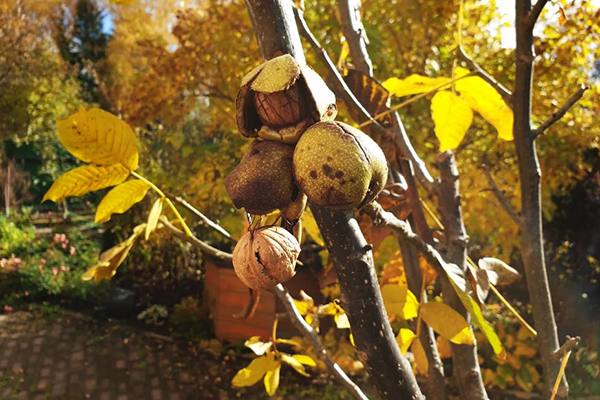
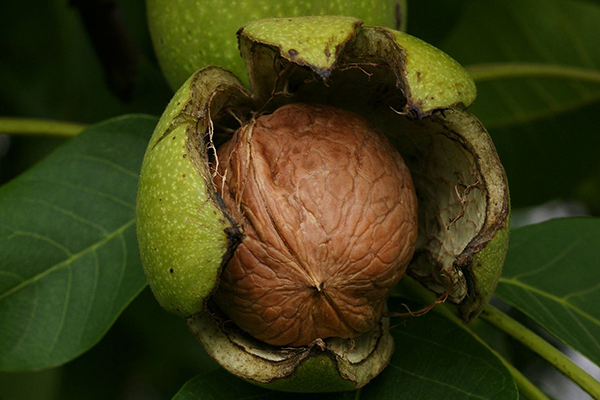
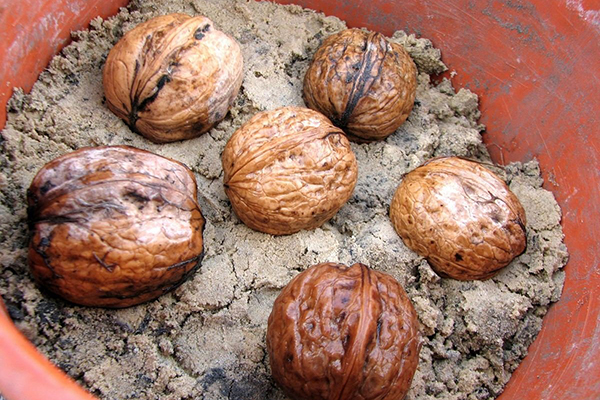
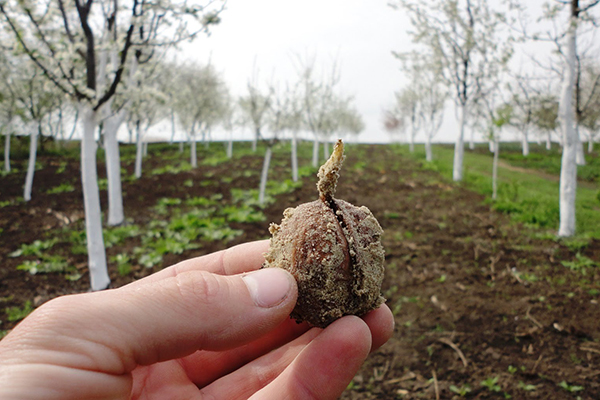
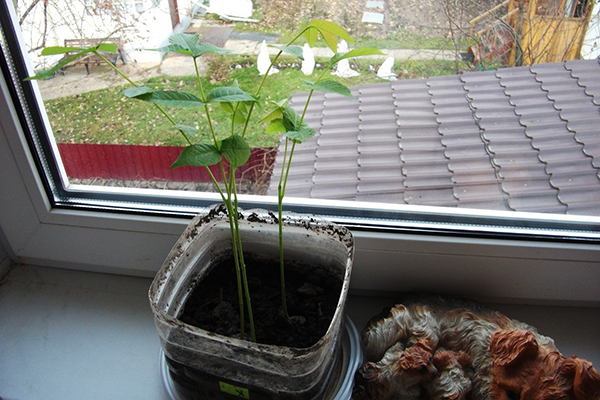

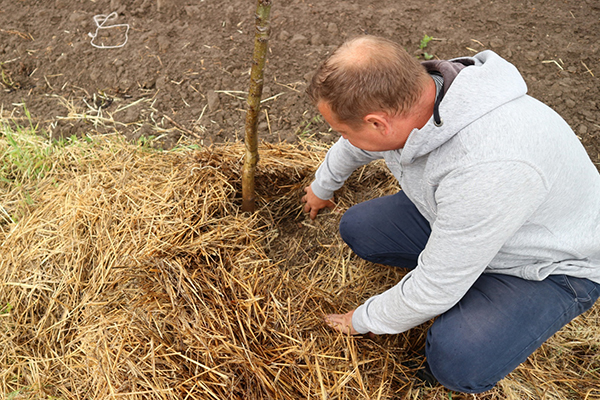
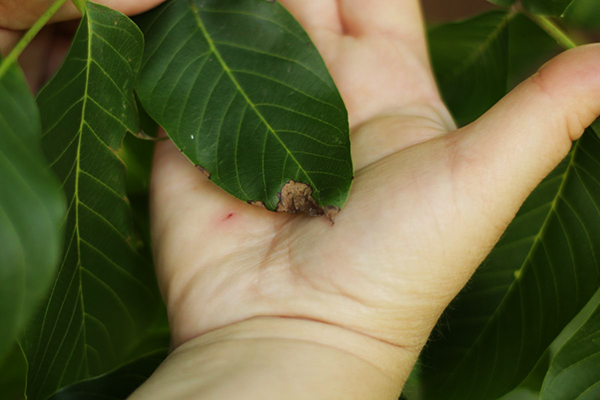

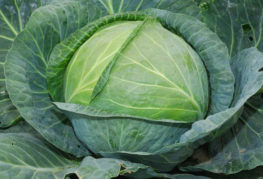
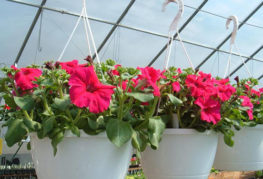

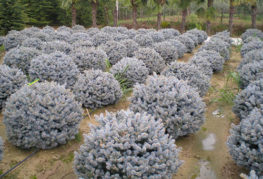

and will be published shortly.